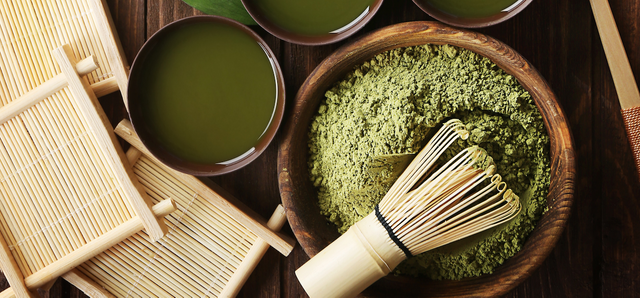The Andean Tradition of Eating Clay and its Medical Roots

When you think of South American cuisine, maybe quinoa, ceviche or dulce de leche comes to mind. Chances are you’re not imagining clay, but Peruvians have been eating it with potatoes for more than two millennia.
That’s right, clay. From the ground.
Known as chaco in the indigenous language of Quechua, the salty-tasting clay is served from the remote Andean highlands to the trendiest restaurants in Peru’s capital, Lima. Not only does is the clay purported to counteract native Andean potatoes’ bitterness, but some research suggests it may offer a number of surprising health benefits.
A Long Tradition
You may have just heard about it now, but people in the Andes have been eating chaco (or pasa, as it’s known to the Aymara people, another indigenous group) for thousands of years. One study puts the timeline of the Andean clay-eating practice, which is known as geophagy, to at least 2,500 years, and the authors of the study believe it could be even older.
Clay eating is not unique to humans. Peruvian parrots eat it, and so do wild vicunas and guanacos, which are relatives of llamas, alpacas and camels. Alberto Salas, a Peruvian potato researcher, believes ancient Andean peoples began eating clay after they watched parrots do it.
Health Benefits?
There are a number of potential health benefits to eating chaco, according to some research performed on animals and on human cells. Potatoes are members of the nightshade family, many of which are toxic, and wild potatoes contain toxins called glycoalkaloids, Salas told NPR. The chaca binds to these glycoalkaloids and allows the body to excrete them more easily. Salas said he believes coating the wild potatoes in chaco allowed ancient Andeans to safely eat them.
A 2012 study suggests that glycoalkaloids are significantly reduced by the presence of a specific chemical in the chaco. Another study, this one published in 2015 in Journal of Gastroenterology of Peru, analyzed the chemical makeup of chaco and its effects on animals and on human cells. It suggests that chaco protects the gastric mucosa—the lining of the stomach that protects it from stomach acid.
The 2015 study illustrated chaco’s an antiulcer effect in rats. Some experts believe that chaco can help reduce gastritis symptoms because of its protective effect on the stomach lining. Researchers aren’t sure exactly how chaco protects the stomach, but believe that it acts as a barrier against certain chemicals, absorbs bile acids and helps speed the healing of lesions on the gastric mucosa.
Geophagy in the U.S.
Most Americans don’t eat chaco, but some do practice a form of geophagy by taking activated charcoal. Like chaco, activated charcoal binds to certain chemicals and helps the body get rid of them. Proponents of activated charcoal claim the over-the-counter supplement can help decrease acid reflux, gastritis symptoms and flatulence, though scientific evidence for its benefits is mixed.